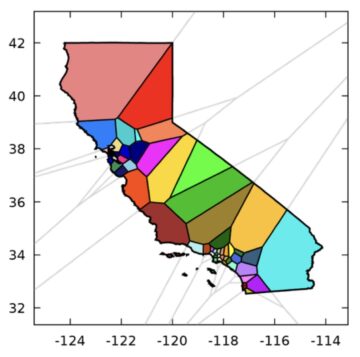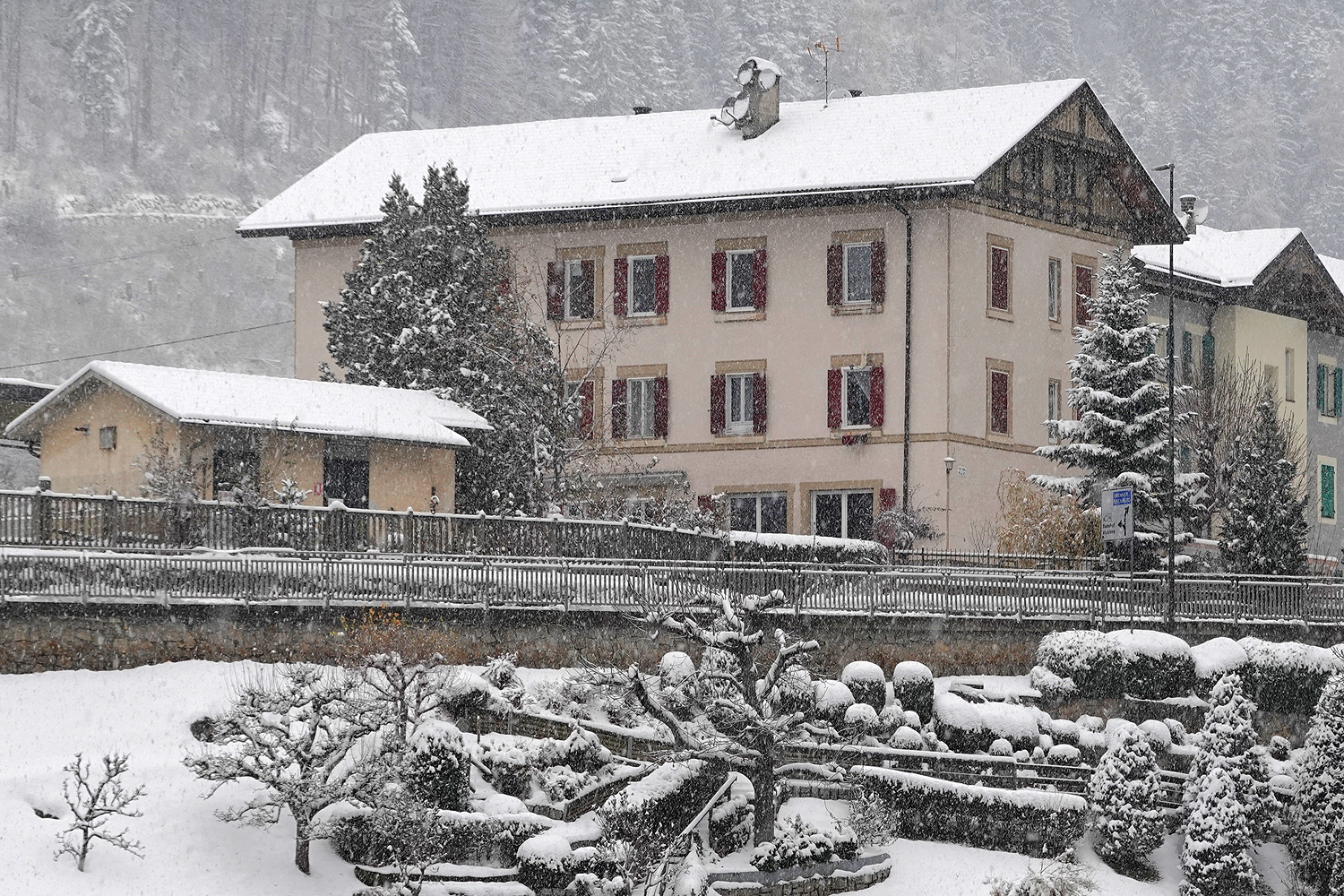by Derek Neal
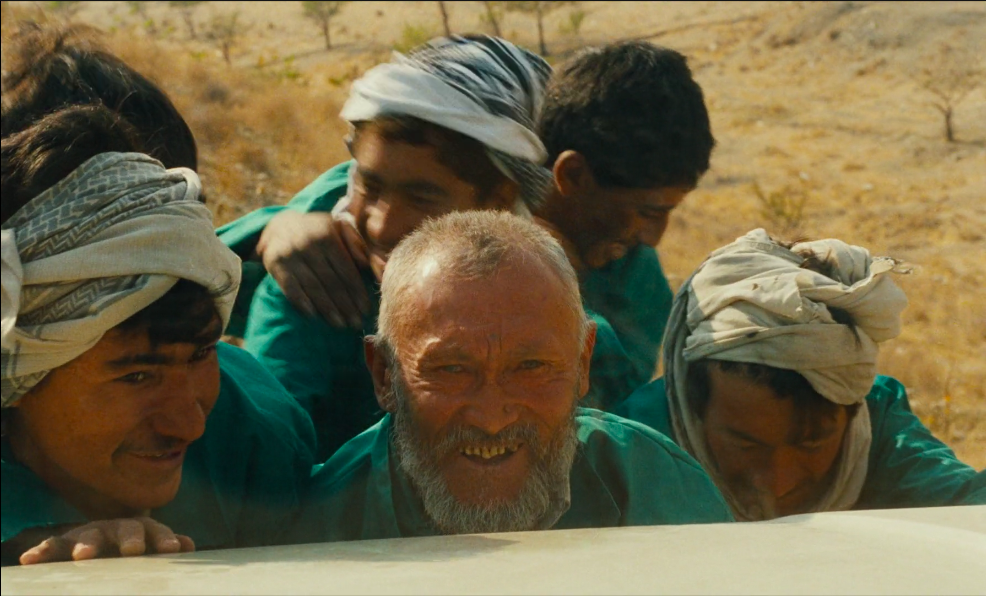
If one on the goals of art is to wake us up, to remind us what it is to be alive, one of the main ways of doing this is by bringing us as close to death as possible. This is why suicide is such a fruitful and, paradoxically, invigorating artistic subject. For the suicidal character approaching death, sensations are heightened, and life becomes fecund and tactile. One scene that captures this is in Francois Ozon’s Under the Sand (2000), just before Charlotte Rampling’s husband (Bruno Cremer) disappears into the ocean while she naps on the beach. The film never explains the husband’s disappearance—never confirms that it’s suicide—but the evening prior, the camera follows Cremer as he gathers firewood in the forest surrounding their vacation home.
He picks up a few sticks, then pauses at a tree and feels its bark, runs his hand down its trunk, as if he wants to feel the rough surface one more time before dying. The camera follows him as he passes behind another tree, then something unexpected happens: the shot stops on the tree while Cremer passes out of view, lingering in sharp focus on the nooks and crannies of the tree bark, showing the viewer just how wondrous a tree is, if only we could stop to see it. This is also a great example of Deleuze’s concept of “time-image,” when a film emphasizes time or duration rather than the movement of characters and plot. We then return to Cremer, who has crouched down and turned over a rotting log. Hundreds of ants scurry around—so much life, right there!—in juxtaposition to Cremer, alone in the forest.
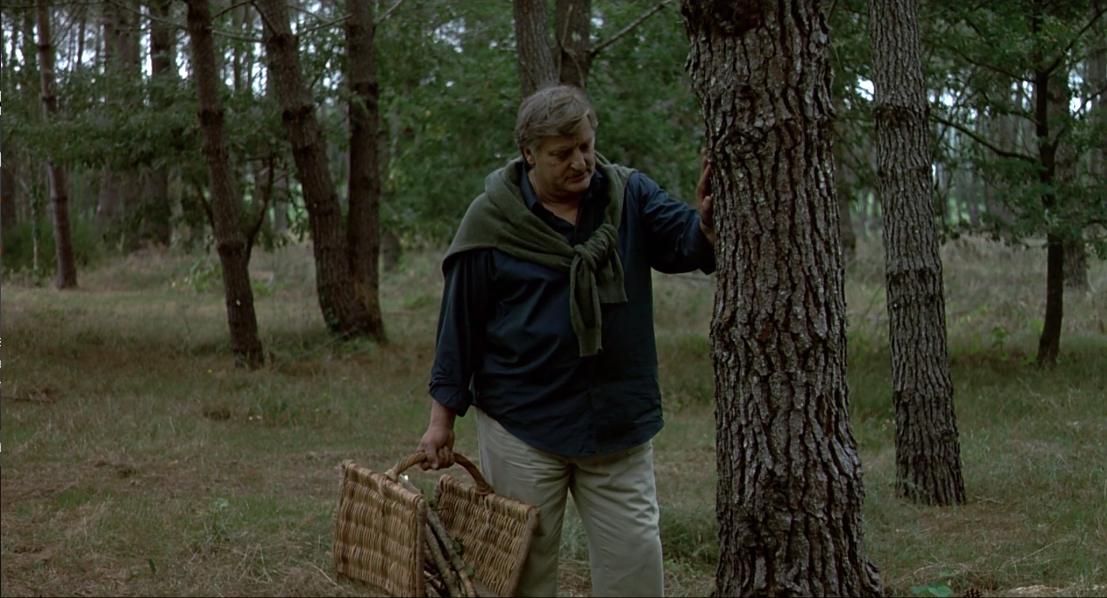
This contrast of the isolated individual and the group is a recurring theme in Abbas Kiarostami’s Taste of Cherry (1997) as well. Paul Schrader famously imagined a man in a yellow cab as a symbol of loneliness and alienation, but Kiarostami took this idea even further—what if an entire movie was just a man in a car, driving around? That’s Taste of Cherry. The film is a series of vignettes as the main character (Homayoun Ershadi) motors around the outskirts of Tehran picking up one passenger after another, not as a taxi driver, but in search of a person he can convince to do a special job. Read more »



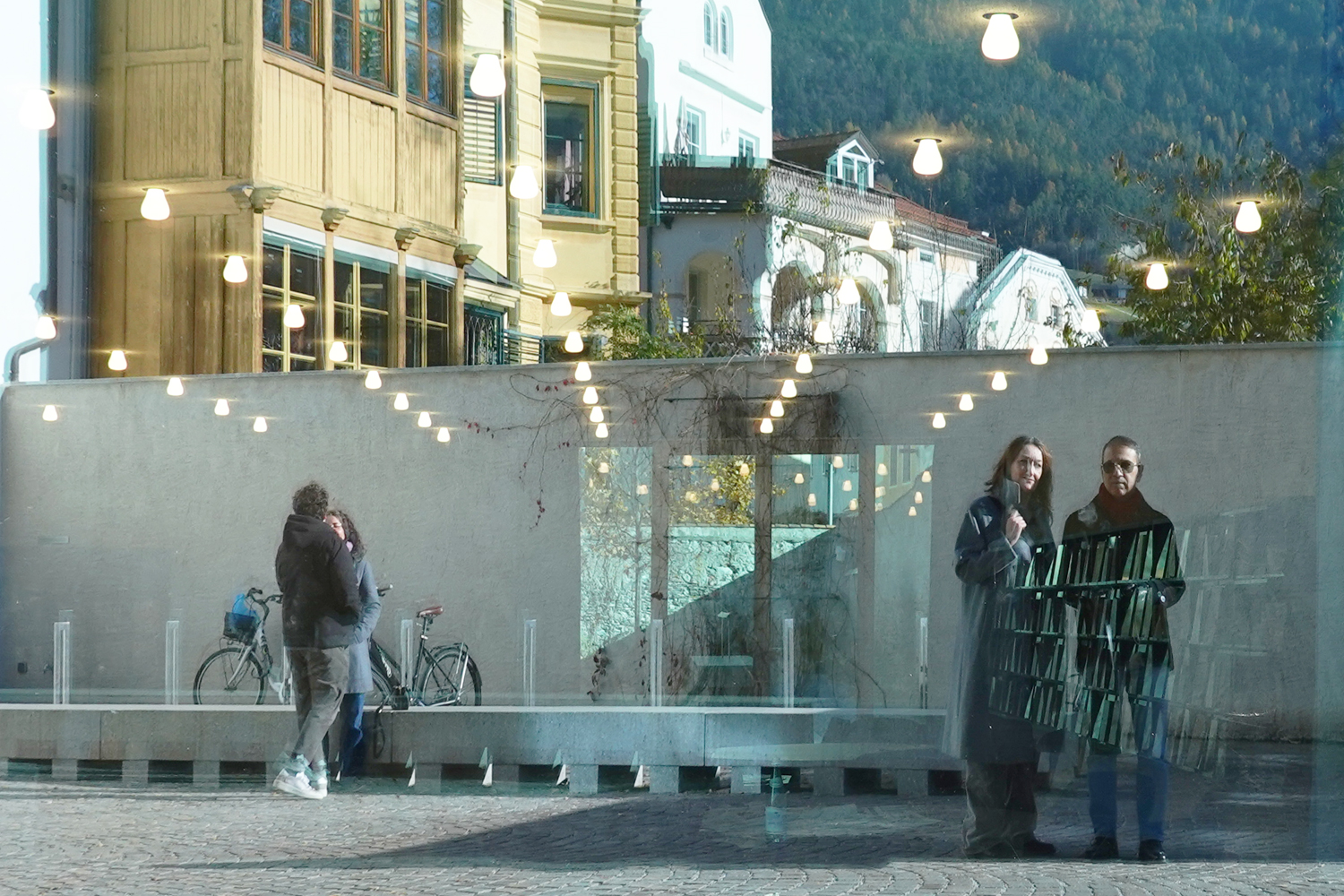
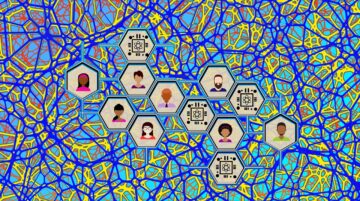
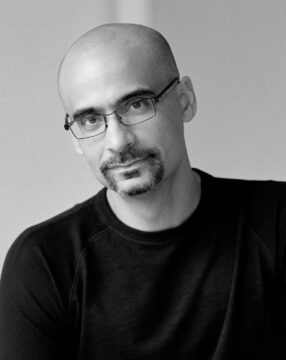


 Like many other video gamers (nearly eight million, in fact), I have spent no small portion of recent weeks in the robot-infested, post-diluvian wastes of late-22nd-Century Italy, looting remnants of a collapsed civilization while hoping that a fellow gamer won’t sneak up and murder me for the scraps in my pockets. This has been much more fun than the preceding description might lead you to believe, if you are not a fan of such grim fantasy playgrounds. It has also, interestingly, afforded rather heart-warming displays of the better side of human nature, despite the occasional predatory ambush or perfidious betrayal. It helps somewhat that nobody really dies in this game; they just get “downed” and then “knocked out” if not revived in time, leaving behind whatever gear they were carrying (except for what they were able to hide in their “safe pocket”, the technical and anatomical details of which are left to the player’s imagination).
Like many other video gamers (nearly eight million, in fact), I have spent no small portion of recent weeks in the robot-infested, post-diluvian wastes of late-22nd-Century Italy, looting remnants of a collapsed civilization while hoping that a fellow gamer won’t sneak up and murder me for the scraps in my pockets. This has been much more fun than the preceding description might lead you to believe, if you are not a fan of such grim fantasy playgrounds. It has also, interestingly, afforded rather heart-warming displays of the better side of human nature, despite the occasional predatory ambush or perfidious betrayal. It helps somewhat that nobody really dies in this game; they just get “downed” and then “knocked out” if not revived in time, leaving behind whatever gear they were carrying (except for what they were able to hide in their “safe pocket”, the technical and anatomical details of which are left to the player’s imagination).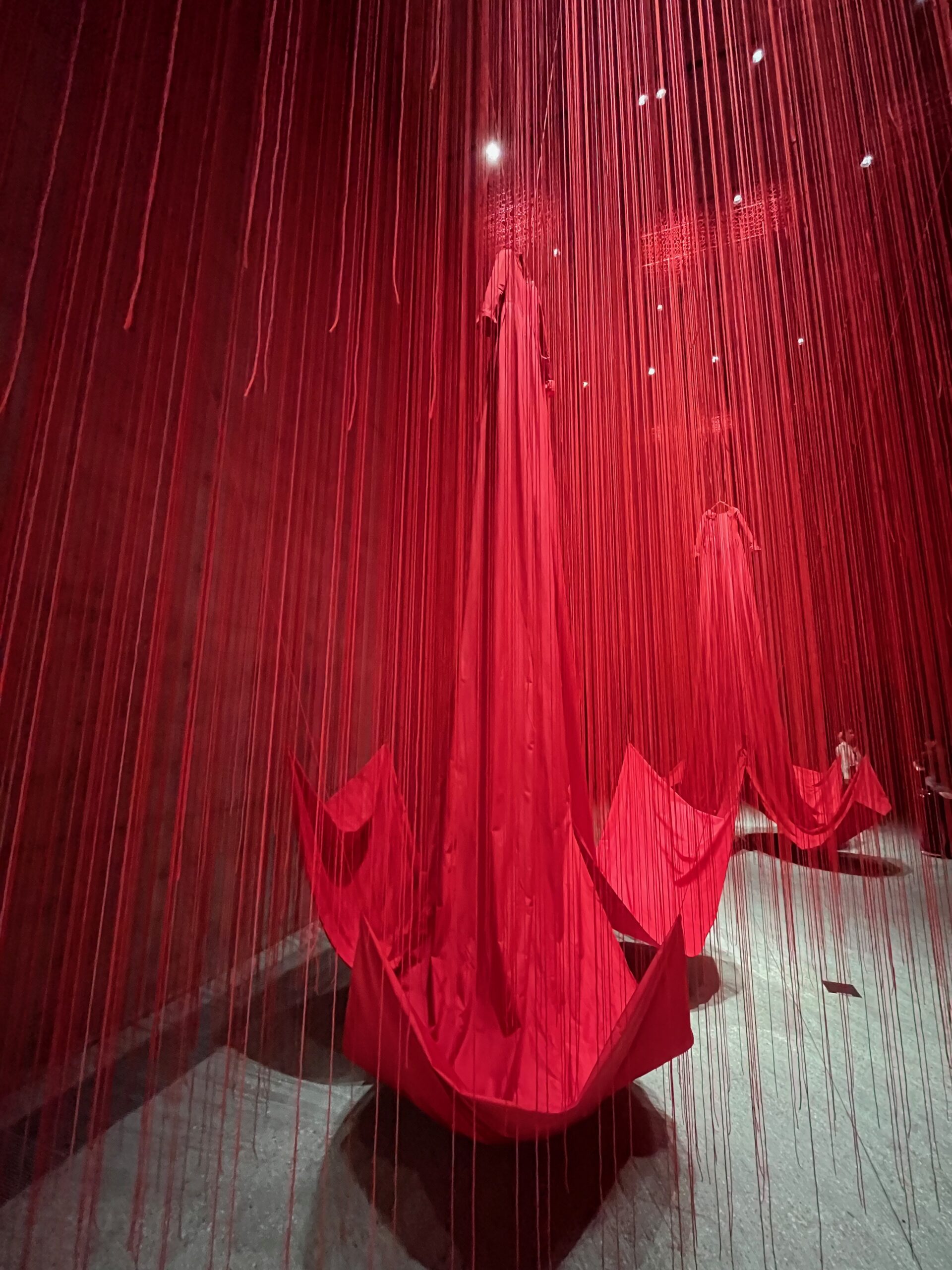 Chiharu Shiota. Infinite Memory, 2025.
Chiharu Shiota. Infinite Memory, 2025.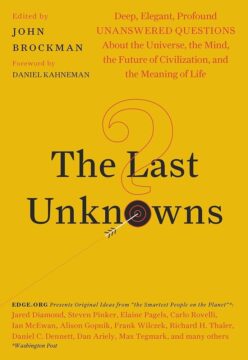 S. Abbas Raza: You may have heard of
S. Abbas Raza: You may have heard of 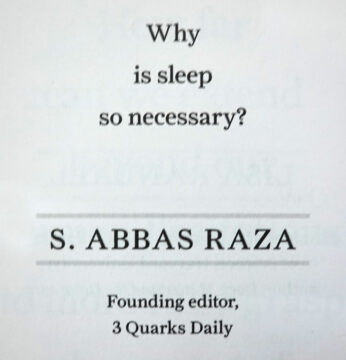

 Preparing a worksheet with negative-number calculations where all the digits are sixes and sevens. Telling myself it’s meant to take the fun out of it for them – like a sex ed teacher having their students say ‘penis’ one hundred times before starting the unit. Definitely not the whole story, but plausible: as a middle school math teacher I am more than justified in trying to tame the phenomenon. In fact, I have drawn a firm line; just seeing a 6 anywhere in an exercise is decidedly not an appropriate reason for doing the meme. Really, we need to get on with the lesson now; I will count to five.
Preparing a worksheet with negative-number calculations where all the digits are sixes and sevens. Telling myself it’s meant to take the fun out of it for them – like a sex ed teacher having their students say ‘penis’ one hundred times before starting the unit. Definitely not the whole story, but plausible: as a middle school math teacher I am more than justified in trying to tame the phenomenon. In fact, I have drawn a firm line; just seeing a 6 anywhere in an exercise is decidedly not an appropriate reason for doing the meme. Really, we need to get on with the lesson now; I will count to five. Antonio Gramsci’s theory of hegemony helps explain how the power structure of modern liberal-democratic societies maintains authority without relying on overt force. Many definitions of hegemony point out that it creates “common sense,” the assumptions a society accepts as natural and right.
Antonio Gramsci’s theory of hegemony helps explain how the power structure of modern liberal-democratic societies maintains authority without relying on overt force. Many definitions of hegemony point out that it creates “common sense,” the assumptions a society accepts as natural and right.